Let's say we have a number of color images that are examples of some textured pattern. There is a rare occurrence where this texture is "disrupted" by some foreign object. What would be the best way to detect these rare anomalies?
I thought about training a CNN, but the number of good examples vastly outnumbers the bad examples, so I have my doubts. I started looking into grey level co-occurrence matrices (GLCM) and local binary patterns (LBP), but I think color information could play an important part in determining the occurrence of a disruption. Could I find the distribution from these extracted features (of either GLCM or LBP) and calculate the probability that a new image belongs to this distribution?
Thanks for your help!

